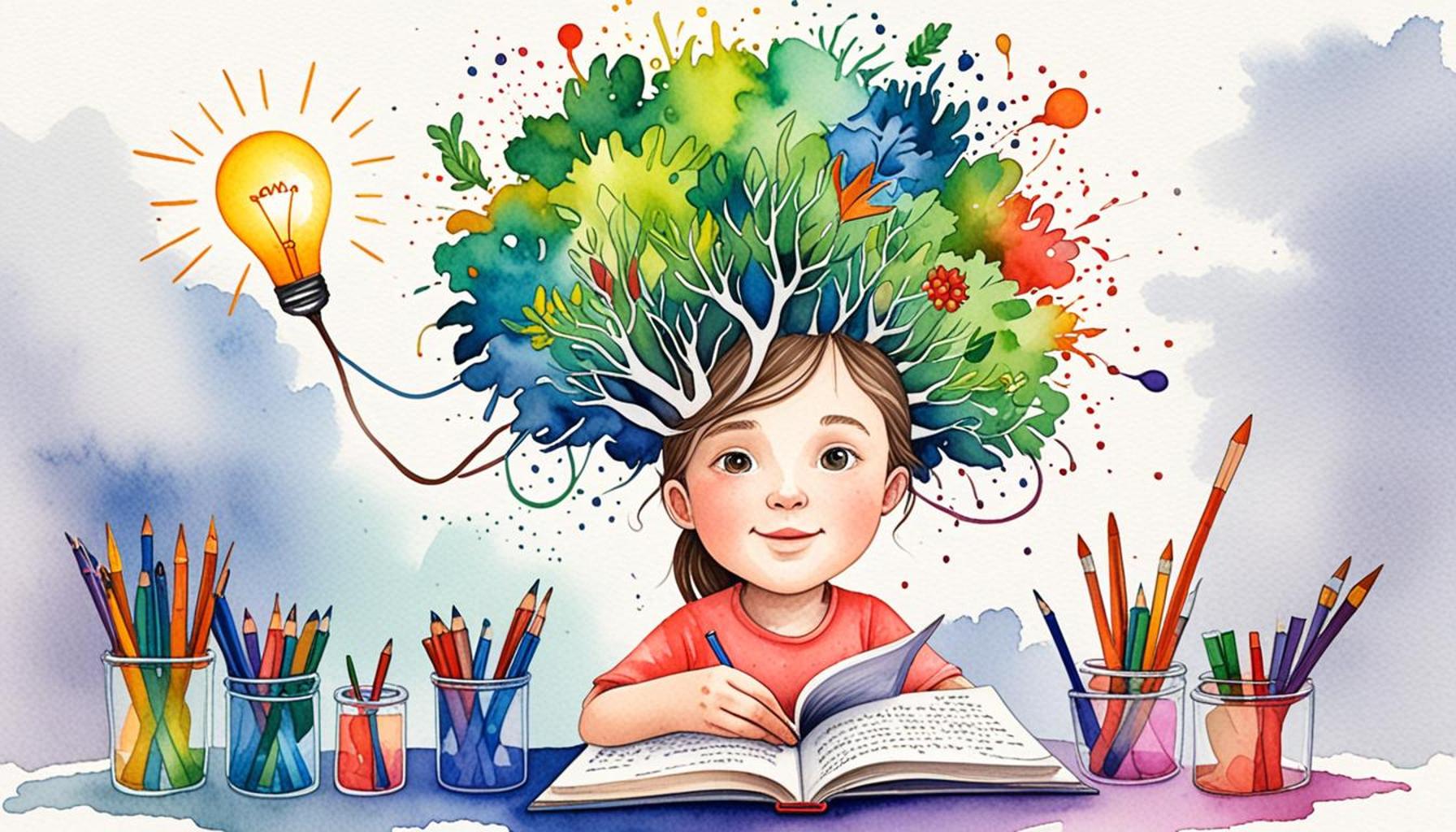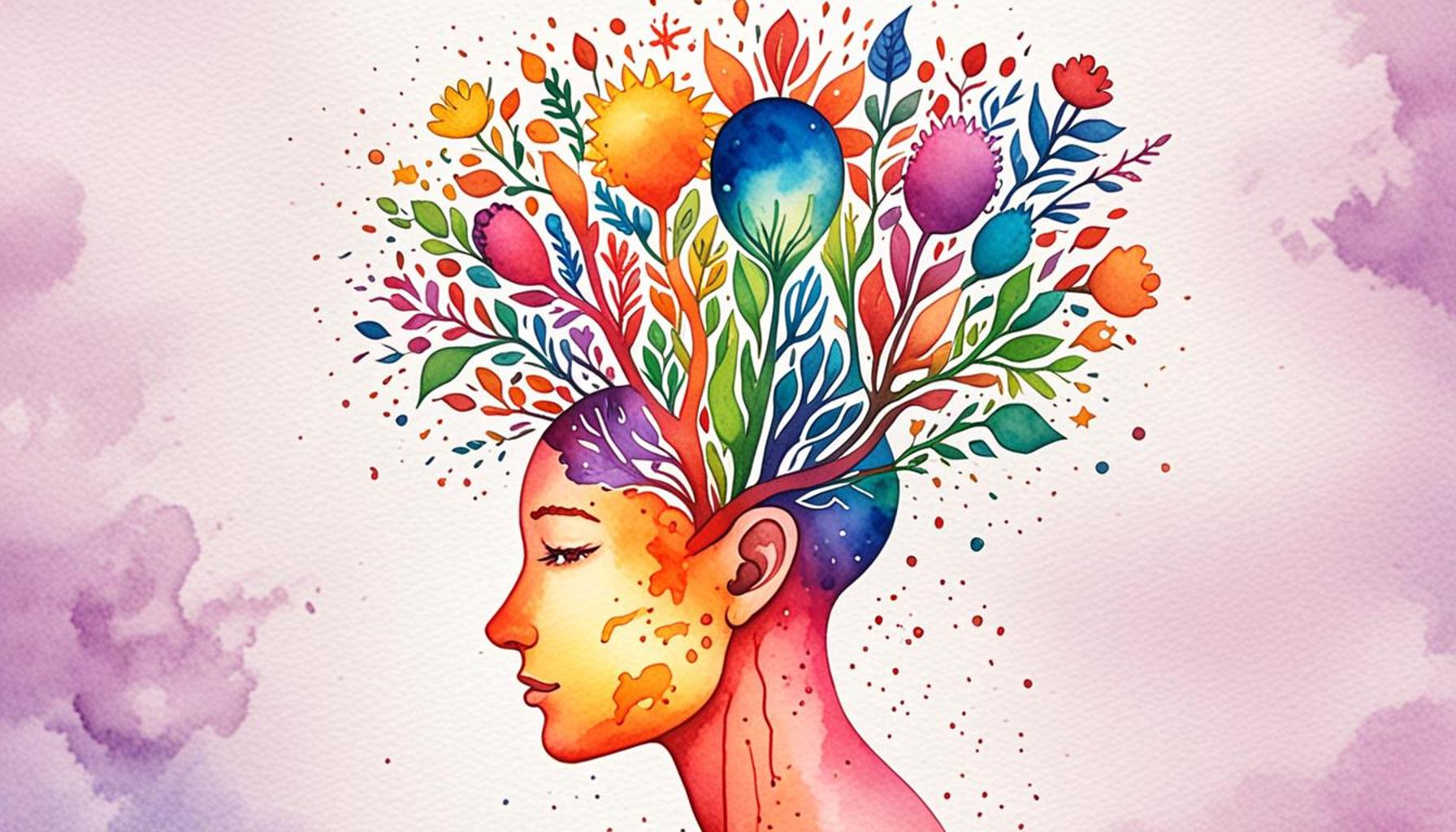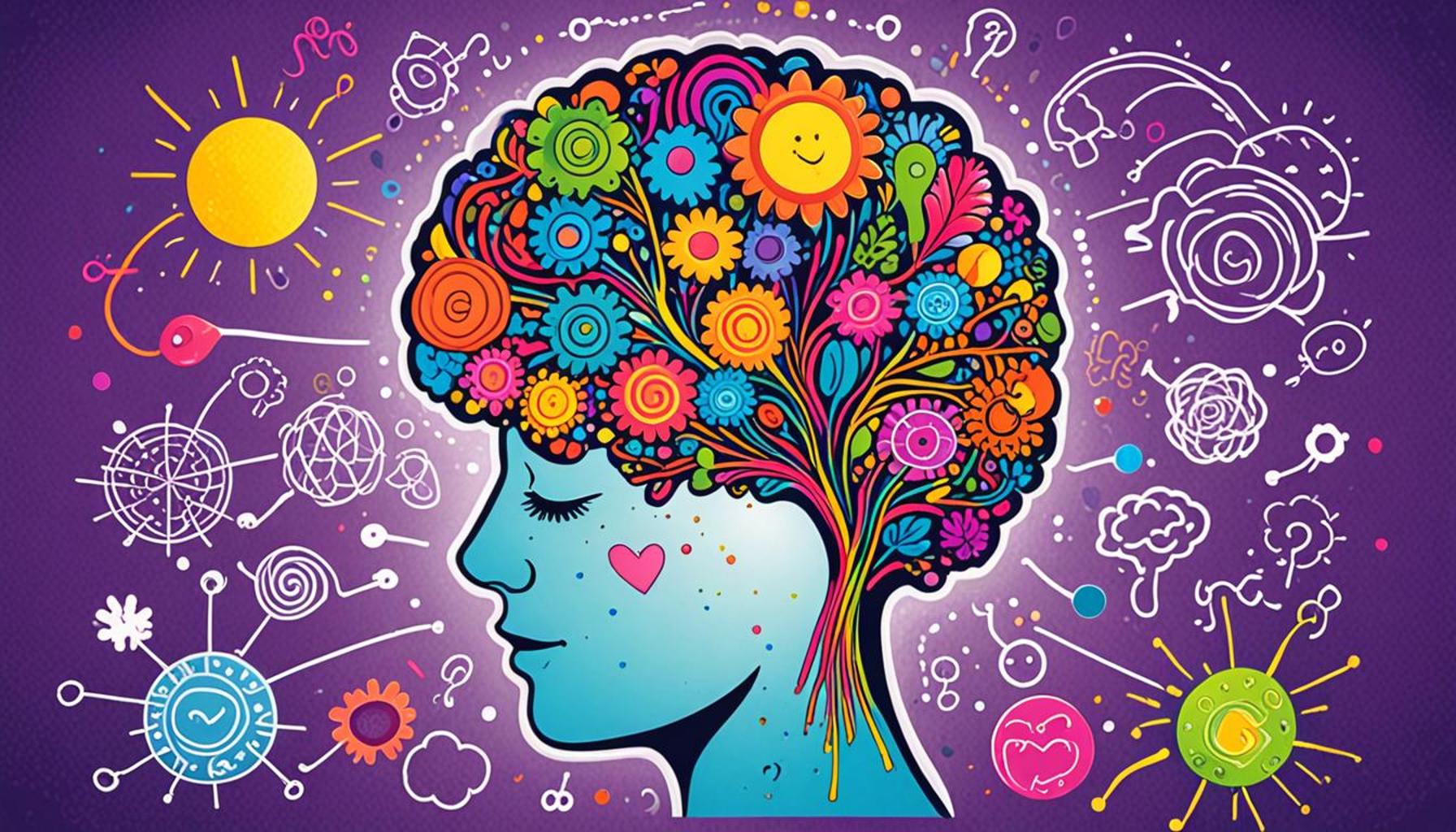Gamification as a Tool to Foster a Growth Mindset in Education
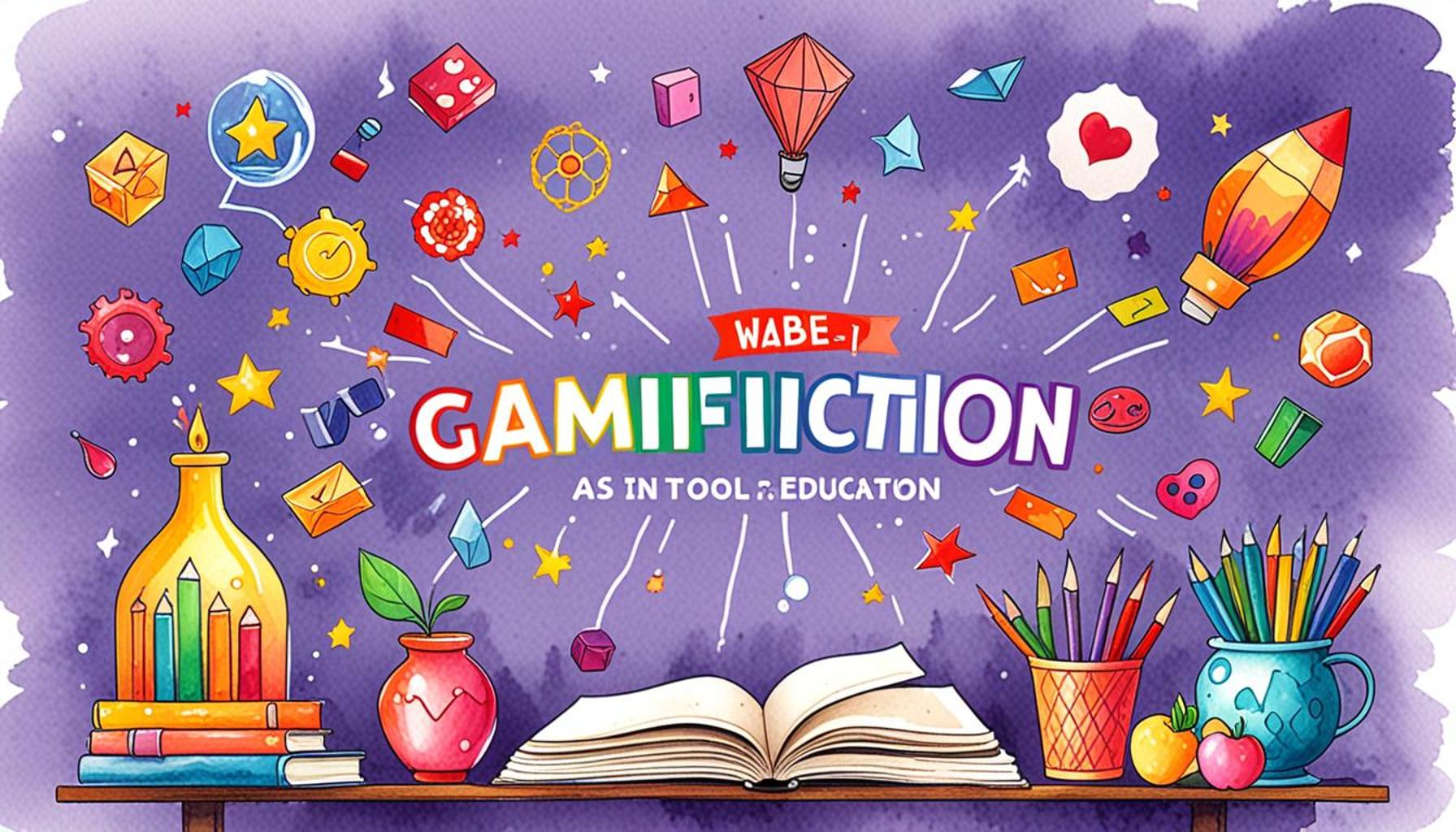
The Power of Gamification in Education
In an ever-evolving educational landscape, fostering a growth mindset among students has taken center stage. This approach emphasizes the power of resilience, effort, and learning from failures. One innovative method to cultivate such a mindset is through gamification. This educational strategy incorporates game mechanics into learning environments, transforming traditional educational experiences into engaging, interactive journeys that captivate students’ attention and encourage participation.
Gamification emphasizes elements such as competition, achievement, and instant feedback—all of which play crucial roles in keeping students motivated. By integrating game-like features, educators can create a learning atmosphere where students feel energized to embrace challenges rather than shy away from them.
Key Features of Gamification
- Point Systems: One of the foundational aspects of gamification is point systems, which reward students for achieving specific tasks or goals. This not only encourages a healthy sense of competition but also cultivates persistence and resilience—key components of a growth mindset.
- Badges and Achievements: Visual recognitions such as badges serve to highlight student accomplishments, giving them a sense of pride and boosting their confidence. This external validation can encourage students to seek further achievements, thereby propelling them on their learning journeys.
- Leaderboards: Incorporating leaderboards fosters a spirit of friendly competition among students. By tracking and displaying progress, leaders not only ignite motivation but also promote peer engagement—essential in fostering collaborative learning environments.
In Nigeria, educational institutions are beginning to recognize the potential of gamification. With numerous challenges such as limited resources and varying accessibility, educators are turning to innovative digital platforms that incorporate gamified learning experiences. These initiatives aim to capture students’ interests, making education not just a requirement but a captivating adventure.
Evidence suggests that gamification significantly enhances student engagement and improves learning outcomes. A study by the Education Development Center found that classrooms implementing gamified strategies saw a marked increase in student participation and enthusiasm for the subject matter. As a result, educators in Nigeria are now tasked with understanding the vast potential of this approach and how it can be utilized to overcome existing barriers in the education system.
As the digital shift continues globally and in Nigeria specifically, the integration of gamification in educational settings offers promise for nurturing a robust growth mindset. This method not only empowers students to embrace challenges but also equips them with skills that extend beyond the classroom. By exploring these gamified elements, we can unveil an enriched educational experience that prepares students for an increasingly complex world.
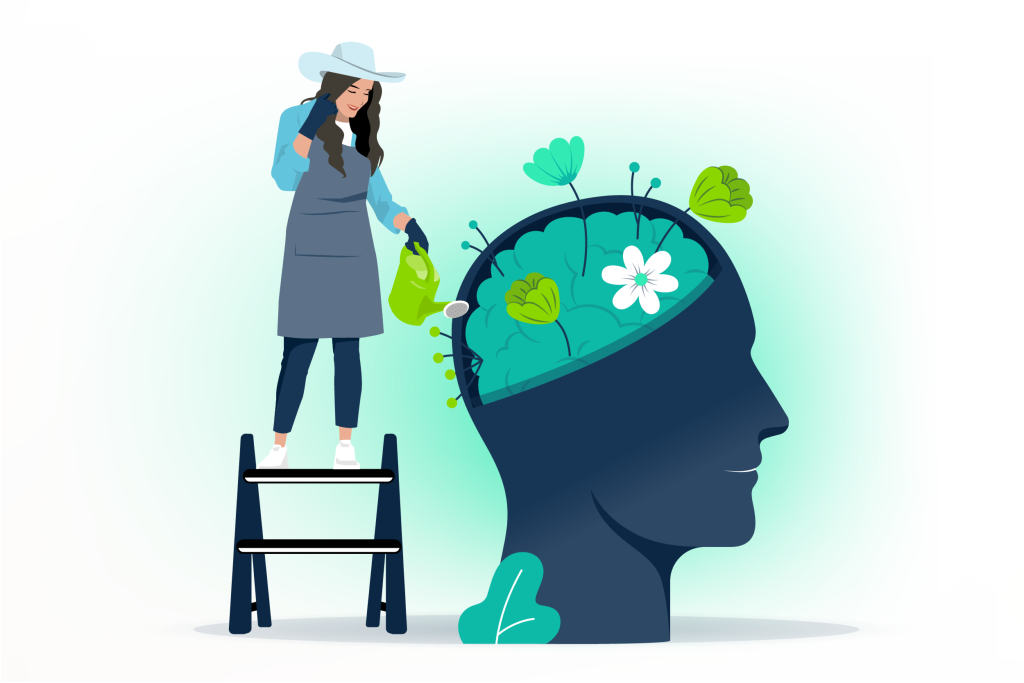
ADDITIONAL INSIGHTS: Expand your understanding here
Unleashing Potential Through Gamified Learning
As educators seek imaginative ways to engage students, gamification stands out as a compelling approach that leverages game-like elements to enrich the learning experience. By transforming routine educational tasks into fun, interactive challenges, these techniques not only capture the student’s interest but also support the development of a growth mindset. In this context, the term “growth mindset,” popularized by psychologist Carol Dweck, refers to the belief that abilities and intelligence can be developed through dedication, hard work, and learning from failures. This perspective is essential in education, as it encourages students to persevere and embrace difficulties as opportunities for growth.
In the Nigerian context, where educational challenges often include large class sizes and varying levels of resources, gamification offers a scalable solution to enhance critical skills like problem-solving and collaboration. Teachers can utilize platforms that incorporate gamified learning experiences, such as educational video games or interactive quizzes. These resources have the potential to transform conventional teaching methods, helping students to foster resilience and innovative thinking while making learning both enjoyable and effective.
To effectively implement gamification in educational environments, educators can harness several specific techniques and strategies:
- Missions and Challenges: By presenting learning tasks as missions or challenges, educators can motivate students to engage actively with the content. These tasks can be designed to address specific learning objectives while allowing students to navigate through obstacles, mirroring real-life scenarios.
- Storytelling Elements: Incorporating storytelling into the curriculum can create an immersive learning experience. Students can connect emotionally with the content, seeing themselves as protagonists in their own educational journey, thus stimulating their curiosity and fostering a deeper understanding.
- Feedback Loops: Providing immediate feedback through gamified assessments allows students to understand their progress and areas for improvement quickly. This real-time response promotes a culture of learning from mistakes, emphasizing that error is merely a stepping stone on the path to success.
Studies have demonstrated that when gamification is executed effectively, it leads to more positive educational outcomes. A report by the International Society for Technology in Education highlighted that 87% of students in gamified environments reported increased motivation and engagement. Furthermore, a separate research conducted in Nigerian schools showed that students participating in gamified curricula exhibited enhanced performance on both academic assessments and social skills.
As educators continue to explore how gamification can serve as a vehicle for sustaining a growth mindset, the potential for these strategies to reshape the foundation of education in Nigeria becomes increasingly evident. By encouraging students to confront challenges with enthusiasm and view learning as an ongoing adventure, we can cultivate a new generation of learners prepared to thrive in an ever-changing world.
Gamification: Empowering Students with a Growth Mindset
Gamification in education transforms learning experiences by infusing elements of game design into the classroom. This approach not only engages students but also promotes a strong growth mindset—the belief that abilities and intelligence can be developed through hard work, strategies, and input from others. By implementing game mechanics such as points, rewards, and challenges, educators create an environment where effort is recognized and celebrated.One significant advantage of using gamification is the instantaneous feedback it offers. Students receive immediate responses to their efforts, enabling them to adjust their strategies and improve continuously. This feedback loop reinforces their desire to learn and grow, aligning perfectly with the principles of a growth mindset. For instance, if a student struggles with a math problem, they can retry the challenge, gather hints, or unlock additional resources, which encourages resilience and persistence.Moreover, gamification fosters collaborative learning through team-based challenges. Students work together to solve problems, share knowledge, and develop teamwork skills, all while focusing on overcoming obstacles. This cooperative spirit not only builds a supportive learning community but also instills a sense of accountability and shared success. As students support one another, the understanding that intelligence is developed rather than fixed becomes more ingrained.Additionally, incorporating gamified elements in learning can lead to increased motivation and interest in subjects that students might otherwise find tedious. By transforming mundane tasks into interactive experiences, educators capture student attention and inspire them to explore topics more deeply. Engaged students are likely to take risks in their learning, ask questions, and pursue greater challenges, essential characteristics of a growth mindset.In essence, gamification is not merely a tool for engagement; it is a comprehensive strategy that nurtures resilience, collaboration, and intrinsic motivation among students. By creating a dynamic and enjoyable educational environment, gamification positions learners to embrace challenges, learn from failures, and achieve their full potential. As educators look to unlock the potential of every student, gamification stands at the forefront of innovative methodologies that promise to reshape education for the better.
| Advantages | Impact on Growth Mindset |
|---|---|
| Instant Feedback | Encourages continuous improvement and adaptation. |
| Collaborative Learning | Fosters teamwork and builds a supportive community. |
| Increased Motivation | Transforms learning from passive to active engagement. |
CHECK OUT: Click here to explore more
Building Confidence and Collaboration Through Game Mechanics
One of the most impactful aspects of gamification is its ability to cultivate confidence among students. By engaging in gamified learning experiences that reward progress and effort, students can witness their own growth in a tangible way. Implementing a system of badges or points for achieving specific milestones can not only boost motivation but also foster a sense of accountability. For instance, in Nigerian classrooms, teachers can encourage students to work towards a particular badge for completing group projects or excelling in individual assessments. This influenced recognition leads to self-efficacy, prompting students to push their limits while embracing challenges with an attitude of improvement.
Additionally, the incorporation of team-based challenges fosters collaboration and social interaction, essential components for a healthy learning environment. By engaging in cooperative tasks, students learn to appreciate diverse perspectives and approaches, all while reinforcing their learning objectives. For example, a gamified group project centered around traditional Nigerian folklore can invite students to collaborate in researching, developing, and presenting their project as a team. Through these interactions, they not only grow academically but also develop critical interpersonal skills like communication, empathy, and conflict resolution. Such experiences provide a foundation for students to thrive in both academic and real-world settings.
Encouraging Risk-Taking in a Safe Environment
Gamification naturally encourages students to take risks in their learning, as the game-like environment reduces the fear of failure. In settings where failure is often viewed negatively, gamification shifts this narrative, presenting setbacks as integral to continual growth. When students engage with challenges that allow for multiple attempts—such as simulation games or skill-building apps—they become more willing to experiment with new ideas without the fear of harsh penalties. This paradigm shift fosters a sense of resilience, which is crucial for developing a robust growth mindset.
The digital age offers ample resources for gamified learning, including platforms like Kahoot or Quizlet that provide avenues for students to learn from their mistakes and improve their understanding of concepts in real-time. In Nigerian schools, integrating such technology can address educational disparities, allowing students from different backgrounds to participate equally in gamified experiences. The anonymity of online quizzes can provide a level playing field, encouraging even the more hesitant learners to engage actively.
Real-Life Applications Through Gamification
Moreover, gamification can bridge the gap between academic learning and practical applications. By creating scenarios that mimic real-life situations, students can apply theoretical knowledge to practical problems. For example, introducing game design elements in subjects like mathematics could involve missions where students calculate financial projections or design budgets for class events. This not only makes learning applicable but also adds dimensions to their understanding, further reinforcing a growth mindset by illustrating the importance of applying learned skills in real-world contexts.
As educators delve deeper into gamification, the opportunities for fostering a growth mindset broaden exponentially. The interdisciplinary approach that gamification encourages—merging history, science, mathematics, and the arts—can prepare students for a diverse set of challenges they may face beyond the classroom. With educators as facilitators, students are empowered to take charge of their learning, creating a vibrant educational landscape poised to thrive in Nigeria’s ever-evolving environment.
LEARN MORE: This related article may interest you
Conclusion
In conclusion, gamification emerges as a transformative tool in the pursuit of fostering a growth mindset within education, particularly in the context of Nigeria’s diverse classrooms. By engaging students through dynamic game mechanics, educators can instill essential qualities such as resilience, confidence, and effective collaboration. The incorporation of elements like badges, points, and team-based challenges not only enhances motivation but also nurtures an environment where students view challenges as opportunities for growth rather than obstacles.
The ability of gamification to create a safe space for risk-taking further empowers students to experiment and learn from their mistakes, aligning perfectly with the principles of a growth mindset. As students from varied backgrounds unite in gamified experiences, they cultivate teamwork and critical thinking, essential skills for success beyond the classroom walls. This approach effectively bridges the gap between academic knowledge and real-world application, preparing young minds to tackle future challenges with confidence.
Moreover, as technology continues to advance, the potential for gamification in education expands, offering innovative platforms that can cater to diverse learning needs. Educators are encouraged to explore these methods not only to enhance student engagement but also to equip them with a resilient mindset that will benefit them throughout their lives. As Nigeria strides toward educational excellence, embracing gamification as a vital strategy could play a pivotal role in shaping resourceful and adaptable future leaders.

